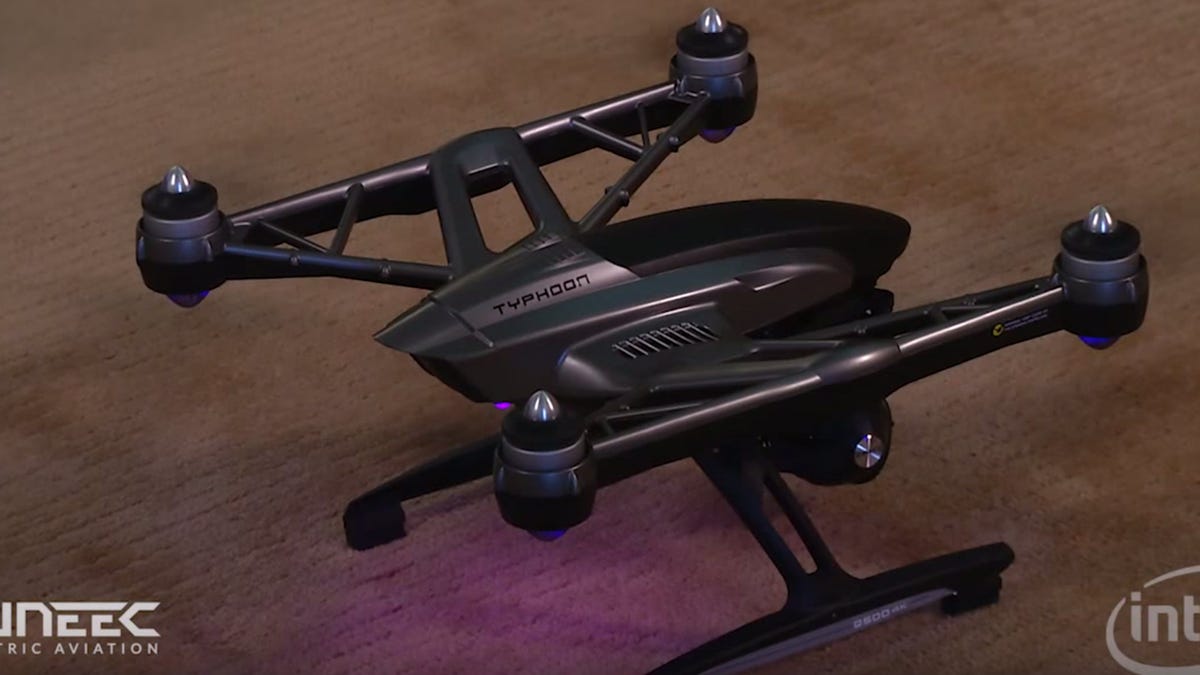AT&T, Intel hope 4G will let drones fly higher and further than ever
Tapping into a 4G cellular network could enable new capabilities like video streaming and even drone deliveries.

AT&T has ambitions to connect everything from cars to whole cities. Why not drones, too?
The Dallas wireless carrier and chip giant Intel said Monday they would partner to investigate adding 4G LTE connectivity on drones, which would be a key element in getting them to fly higher and further than ever before. The companies will offer an early look at their work at the Intel Drone Zone here in Barcelona during the Mobile World Congress trade show.
The agreement marks yet another step in drone technology, which has grown in popularity as more consumers take up amateur flying and as businesses look at how these pint-sized unmanned aerial vehicles can help with tasks like construction, film-making and deliveries. Most drones use short-range signals like Wi-Fi, Bluetooth or radio airwaves. By tapping a nationwide cellular network, a drone could theoretically go as far as its batteries will let it.
Intel's new commercial drone, the Yuneec Typhoon H, will be able to run on a test cellular network set up by AT&T at Mobile World Congress.
"We're using the network to transfer important information, images and video quickly and efficiently -- far beyond the boundaries of short-range connectivity," said Chris Penrose, who heads up connected devices for AT&T, in a statement.
Since the US Federal Aviation Administration restricts long-distance drone flights, the companies are still in the testing stages. The hope is to have drones ready when the authorities ease the rules.
Beyond range, adding LTE connectivity allows new features like video streaming, or letting the drone send back diagnostic, telematics and flight information. A cellular connection could eventually enable drones to deliver packages over long distances or help with other industries.
"Intel believes UAVs have great potential, from inspections, precision agriculture to deliveries of consumer goods and providing emergency disaster relief," said Anil Nanduri, vice president of Intel's New Technology Group.
In addition, a cellular network would reduce the risk of interference by using licensed airwaves rather than public wavelengths, a la Wi-Fi.
But there are potential pitfalls, such as the drone hitting a dead spot in coverage.
AT&T said it is studying the impact of adding cellular connectivity, and acknowledges there are many questions around long-range drones that still need answers.
Intel will show off the Yuneec Typhoon H with its RealSense image-recognition technology at Mobile World Congress, which kicks off Monday.

